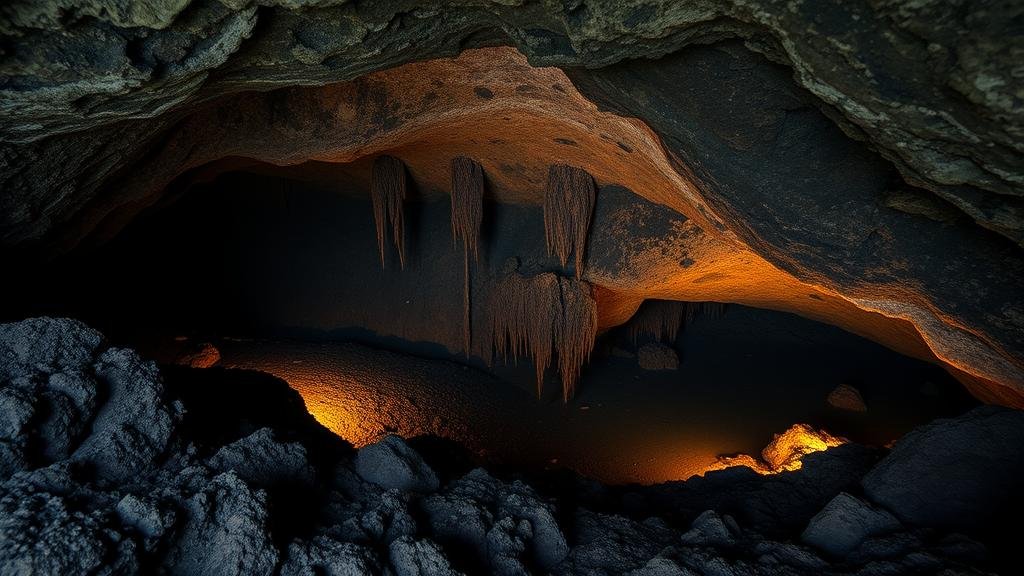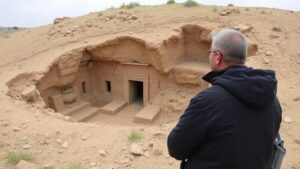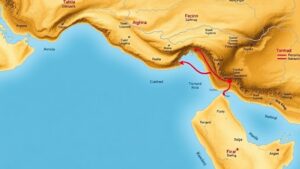Exploring uncharted volcanic caves linked to forgotten civilizations.
Exploring Uncharted Volcanic Caves Linked to Forgotten Civilizations
The world is a tapestry woven from the threads of human history, often hiding remarkable stories in unexpected places. One such venue is the realm of uncharted volcanic caves, which may be connected to ancient civilizations that once thrived in the shadows of imposing mountains. This article delves into the geological wonders of these caves, their historical significance, and the ongoing explorations that aim to unearth their secrets.
The Geological Marvel of Volcanic Caves
Volcanic caves, formed by the movement of lava, are fascinating features of our planet. When molten lava flows beneath the surface, it can create extensive networks of tubes and chambers. Many of these caves remain unexplored, harboring ecosystems and geological formations that contribute to our understanding of Earths history.
For example, the Lava Beds National Monument in Northern California, established in 1972, showcases more than 700 caves formed by lava flows from the Medicine Lake Volcano. These caves provide a glimpse into the volcanic activity that shaped not only the landscape but potentially influenced human settlements as well.
Forgotten Civilizations and Their Connection to Volcanic Regions
Ancient civilizations often flourished in volcanic regions due to the fertile soil produced by volcanic ash. This nutrient-rich earth supported agriculture, a cornerstone of sustaining large populations. For example, the Aztecs heavily relied on the volcanic soils around Mexico City for farming.
Also, many ancient cultures utilized volcanic caves for shelter and spiritual practices. The KÄ«lauea Volcano in Hawaii, for example, is not only a geological wonder but also a site of significant cultural importance for Native Hawaiians, who believed the goddess Pele resided within its depths.
Recent Discoveries and Ongoing Explorations
In recent years, the exploration of volcanic caves has gained momentum, with researchers and adventurers uncovering artifacts from long-forgotten civilizations. discovery of ancient pottery and tools in the caves of Mount St. Helens in Washington State underscores the potential for these sites to reveal insights into past human life. Such archaeological evidence supports the theory that humans sought refuge in these natural shelters during tumultuous times.
Also, expeditions into volcanic caves in the Italian region of Campania, where Vesuvius looms, have uncovered remnants of civilizations that once thrived in the shadow of catastrophic eruptions. Artifacts dating back to the Roman Empire were found, providing a tangible connection to the past.
Technological Advances in Cave Exploration
Recent technological innovations have significantly progressed our ability to explore volcanic caves. Tools such as Ground-Penetrating Radar (GPR) and drones have revolutionized how researchers can map and analyze these subterranean landscapes. GPR enables scientists to visualize the layers of sediment and formation without invasive drilling, while drones offer aerial views, helping locate potential excavation sites.
Preservation of Cultural Heritage
Exploration must be balanced with the need for preservation. As interest in volcanic caves grows, so does the responsibility to protect these fragile ecosystems and cultural artifacts. The destruction of habitat or artifacts during exploration is a real concern that researchers must navigate carefully.
Real-World Applications and Future Implications
Exploring volcanic caves is not merely an academic pursuit but can also provide modern societies with valuable insights into patterns of human behavior, environmental changes, and survival strategies. By analyzing artifacts and cave formations, we can better understand how past civilizations adapted to their environments and the lessons they can teach us today.
Conclusion
The exploration of uncharted volcanic caves linked to forgotten civilizations is an exciting field that merges geology, archaeology, and anthropology. As we uncover the secrets hidden within these geological wonders, we gain a better understanding of human resilience and adaptability. The stories these caves contain are vital not only for historical knowledge but also for informing our responses to modern challenges.
- Join geological expeditions to learn about volcanic formations firsthand.
- Participate in local archaeological digs to gain practical experience.
- Support conservation efforts aimed at protecting these fragile environments.
Through continued exploration and preservation, we can ensure that the rich narratives of our ancestors are not lost to time, allowing us to weave the intricate fabric of human history with respect and reverence.



